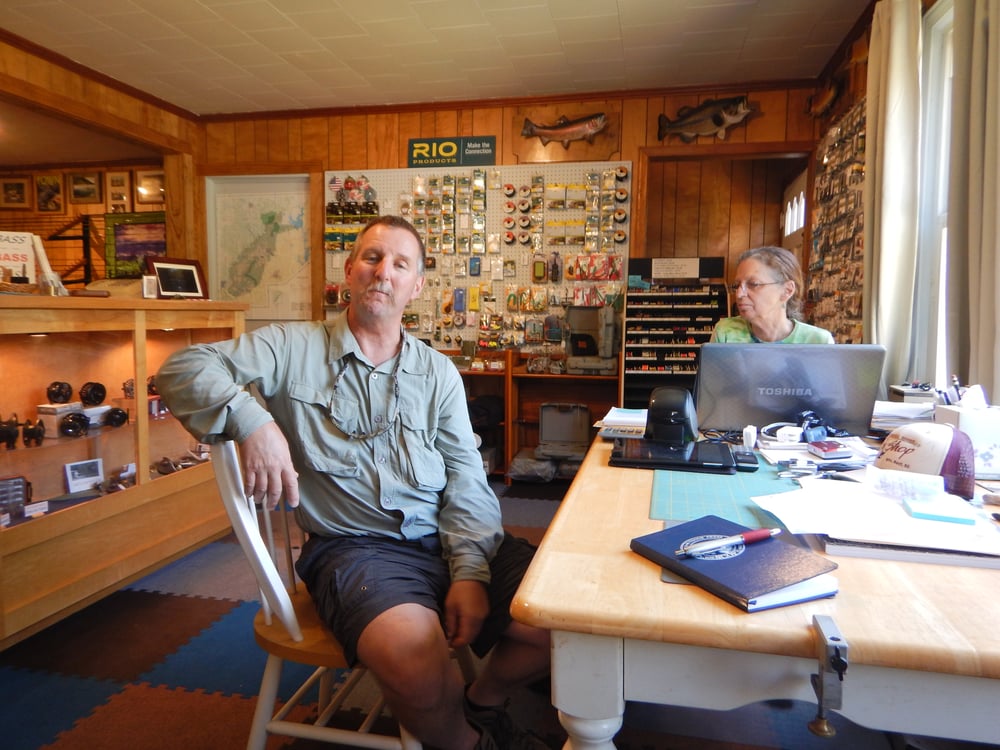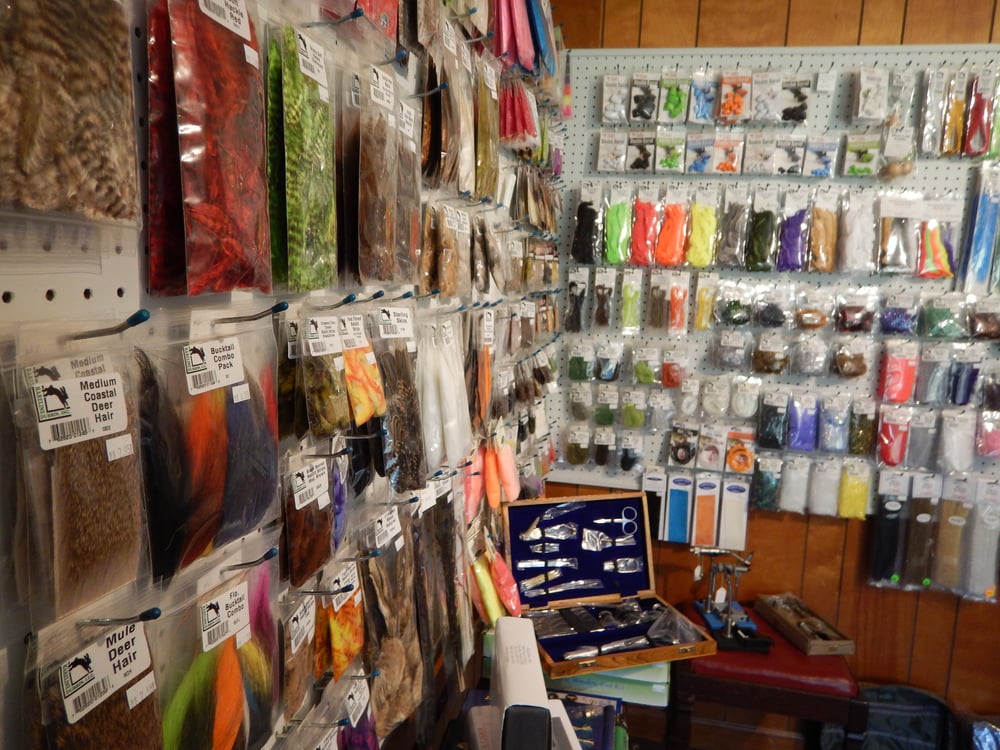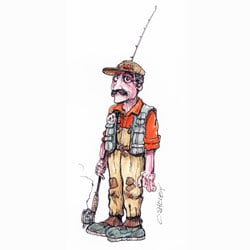As if running a small business weren’t challenging enough, locating one in a remote area adds a degree of complexity.
Customers have to know you’re there first, and then be given a reason to stop and come in.
That is exactly what Karl Ekberg and Karen Maddox accomplished when they opened the Chattooga River Fly Shop

As the name suggests, their fly shop is located on one of the roads many fishermen use to get to the Chattooga River.
The upper Chattooga is home to native trout and the lower Chattooga is designated Delayed Harvest, which means the trout are stocked but must be released until the season ends sometime in June. So the river is a destination for a steady flow of fishermen.
In order to succeed, Karl and Karen just needed to make their shop a destination as well. When I asked them how they did it, they offered five tips that could work for any rural business.
Tip #1: Leverage Your Advantage
Karl and Karen quickly realized their key advantage was local knowledge.
Streams and fishing conditions constantly change. Karl guides fishermen as a shop service, so his understanding of what the fish were feeding on was likely less than 24-hours old.
Fishermen who stop in on their way to the river get a free fishing report which sets them up for a more successful and relaxing day on the water.
Tip #2: Develop Customer Trust
If fishermen ask for advice on flies to use or sections to fish, Karl and Karen offer it freely.
“We want people to enjoy their time outdoors,” says Karl. “Repeat business comes from good advice.”

Tip #3: Develop a Community
Karl and Karen have developed two communities who support their shop.
The first is the fly-fishing community. As I entered the shop first thing in the morning, Karen warmly greeted the fisherman in front of me.
Later she told me, “He used to work for a competitor. But if we could help them out, we would.”
Likewise, she added, they often did the same for her. Today, the fisherman was stopping to stock up on flies.
The second community they support is the local community.
Karen often meets local artisans without retail outlets for their crafts. A good portion of the shop is dedicated to these crafts, ranging from quilts to crochet, knives to turkey calls. You can even find local honey.
“Crafters tend to be humble people,” says Karen. “So when they sell a craft and share it with someone else, it’s heartwarming and the money is a bonus. Just like fishermen. They like being outdoors; catching fish is the bonus.”

Tip #4: Make Social Media Work for You
Soon after opening the shop, Karen created a website. Next came their e-mail list. Following these, they added Instagram and Twitter accounts.
“We’re not in a revenue environment,” says Karen. “There is no mall traffic out here.”
So social media helps them create their own traffic. It’s part of the daily routine, posting useful fishing information and links with water conditions.
Tip #5: Trial and Error
Karen has a retail background and puts it to use in the shop.
“I move products around the shop,” she says, “it keeps customers from walking around the store with tunnel vision.”
“When we add a fly to our offering,” adds Karl, “we first buy a dozen and fish with six ourselves. The other six we give to fishermen who promise to let us know if it works.” If it doesn’t work, the flies don’t get added to their display.

They have also become more astute at product selection.
Sometimes products compete with each other and add little revenue over one alone. And in a shop of 1300 square feet, space is precious. So now they have a wide variety of product types, but with fewer similar products.
Last but not least, they run a friendly shop.
Dogs are welcome and if you don’t bring your own you can pet their official greeter, Gus.

























